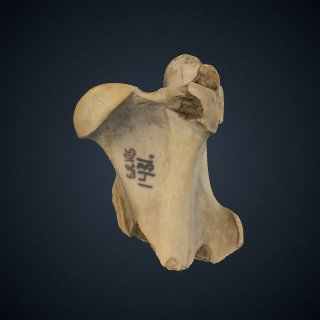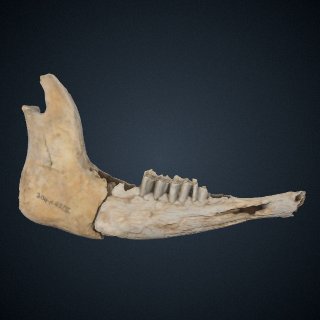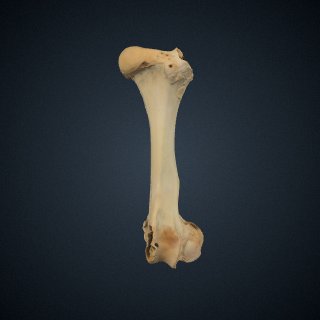Taphonomy is the study of what happens to organic remains after death, including how some make the transition from the biosphere to the lithosphere to become fossils. Clues about behavior, ecology, and geology can be preserved in these remains. The specimens in this collection represent different taphonomic processes, such as carnivore gnawing, natural weathering, and human butchery, that cause distinctive damage patterns on bones. These provide references to help paleobiologists, anthropologists, archaeologists, ecologists, and forensic scientists interpret causes of taphonomic damage observed in modern and fossil bones. The National Taphonomy Reference Collection (NTRC) at the Smithsonian’s National Museum of Natural History currently includes vertebrate specimens from East Africa and North America. Specimens from this collection are represented in Voyager’s 3-D images.












